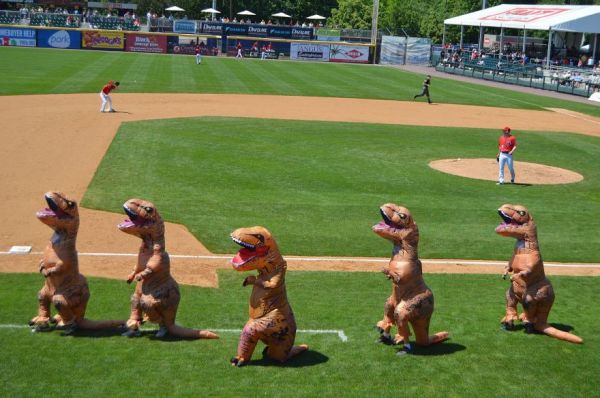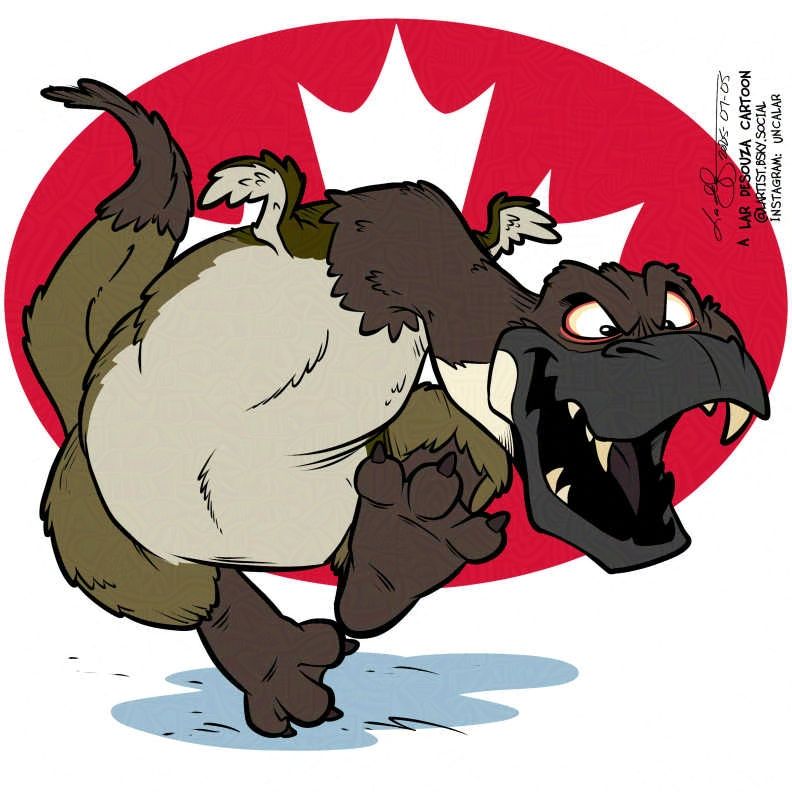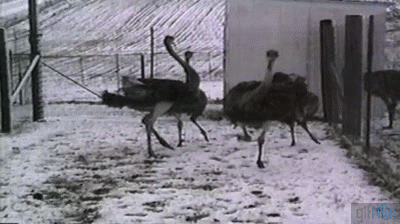(I am not really “up on” the state of paleontology and related research, so this may be a face-palm-level question, in which case I apologize for taking up everyone’s time.)
This article got me thinking about the effect of being able to do genome sequencing from DNA on the field. Has it been revolutionary, or is it just another tool? Does it make it easier to confirm theories, or is it something that’s nice to be able to use when you can, but hasn’t really had much impact overall?
I would expect it would be limited because of the diffculty in finding usable DNA (i.e., DNA that hasn’t degraded too much, as they did in this case), but I would think it could open up lots of possibilities in terms of assessing migration of populations.
If you are not checking out Gutsick Gibbon, you absolutely should. She is a PhD candidate currently defending her thesis and still finds time to make 1-2 hour discussion videos on human evolution. And she is funny as hell. Highly recommended!
ETA: Oh yeah, why it applies to your post! She “gripes” lightheartedly about the confusion all in interbreeding in Asia causes in sorting out the threads of human evolution. To the point that she changes the “muddle in the middle” title for all the intertwined human relatives and ancestors found there to “the orgy in the middle.” There was an awful lot of boinking going on! At one point she says, “It would make it a lot easier in they kept it in their loincloths a bit more.”
Details in the new research suggest that Neanderthals may have been unexpectedly sophisticated in their approach to nutrition, too.

I think this is actually mistaken, though. Utahraptors were predators, so presumably attacked when they were hungry and back off when they thought something wasn’t worth the effort to tackle. Geese are herbivores and so have no such considerations.
I found her tangential dive into the origin of dogs to be fascinating.
Dinosaurs Gathered to Perform Mating Dances With Kicks and Spins at This Site in Colorado—and You Can Go See It for Yourself
Paleontologists have discovered what appears to be one of the largest dinosaur courtship arenas in the world, just 15 miles west of Denver
https://www.smithsonianmag.com/smart-news/dinosaurs-gathered-to-perform-mating-dances-with-kicks-and-spins-at-this-site-in-colorado-and-you-can-go-see-it-for-yourself-180986995/
Artist’s impression:


Fossil footprints near the site led the scientists to suspect that the marks were made by Ornithomimids, a group of plant-eating creatures that looked similar to modern ostriches,




